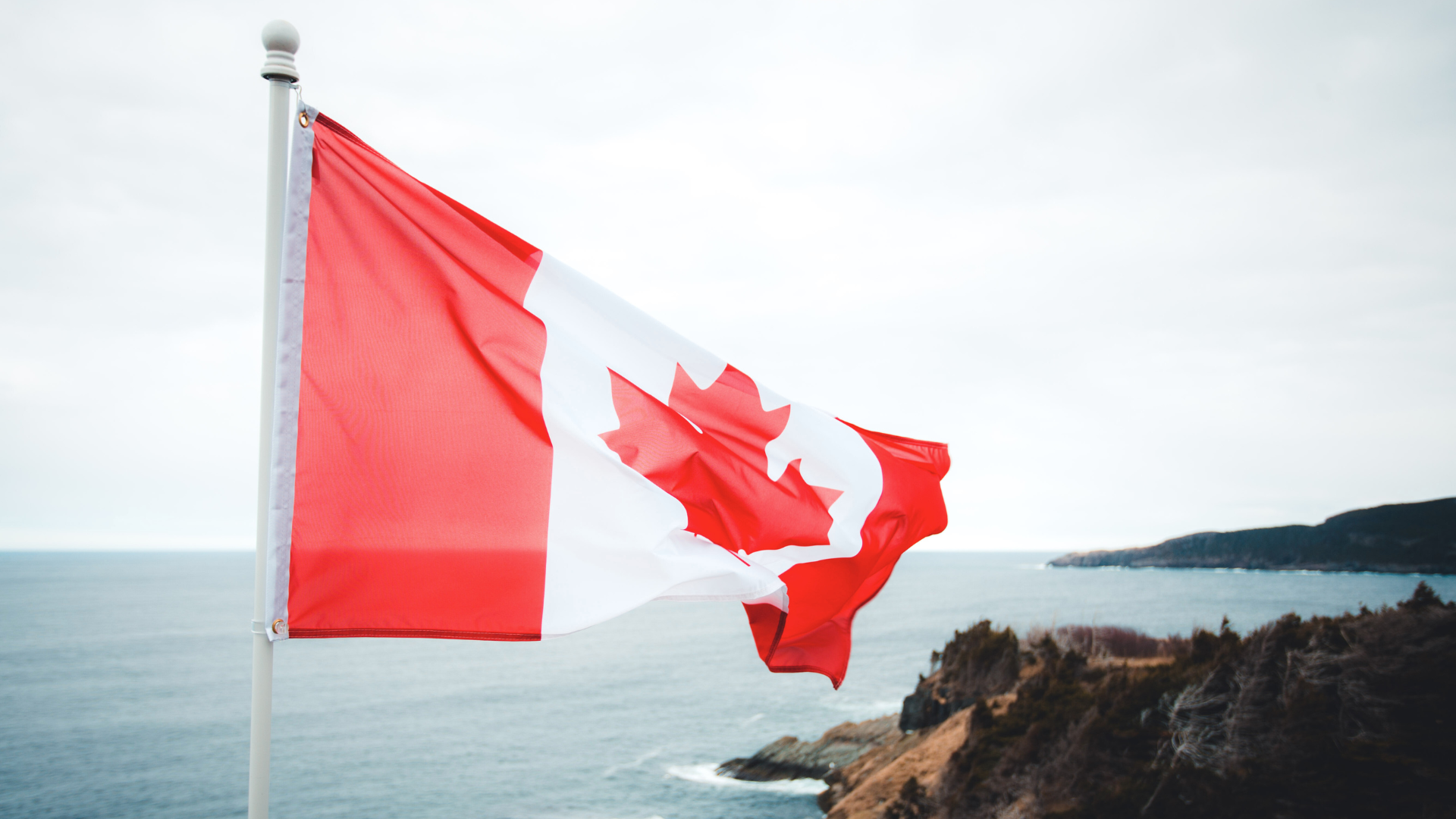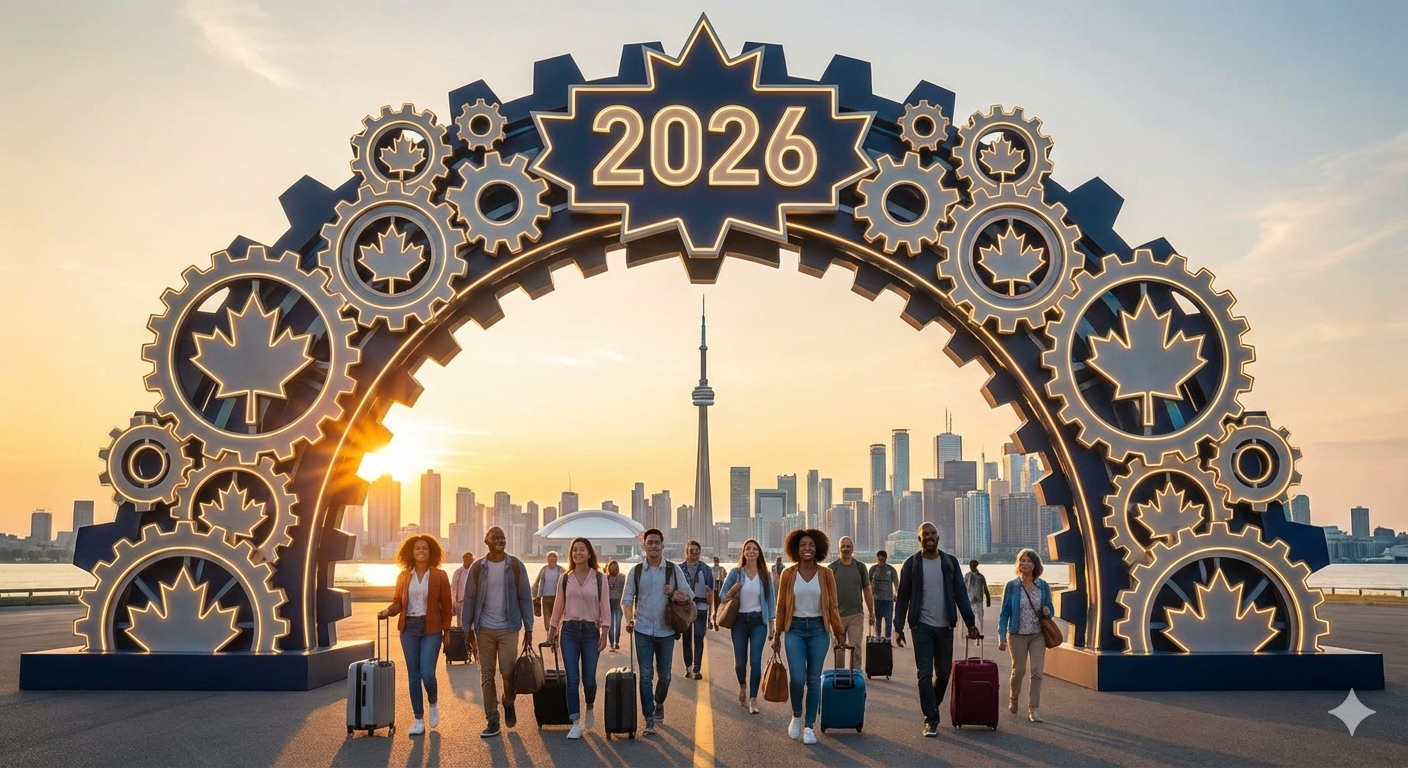What to Expect from Canada’s Immigration Levels Plan 2026–2028

Canada is preparing to unveil its next major immigration
roadmap — the Immigration Levels Plan for 2026–2028, which will outline
how many permanent residents and temporary residents the country
plans to welcome over the next three years.
The Immigration, Refugees and Citizenship Canada (IRCC)
will release the new plan on or before November 1, 2025. Every year,
this plan provides firm admission targets for the upcoming year and estimated
projections for the two years that follow.
Here’s what we can expect based on current trends, previous
targets, and recent government announcements.
1. Stabilization of Permanent Resident Targets
Canada’s permanent residence (PR) admissions are
expected to remain stable.
The federal government previously promised to keep PR admissions below 1% of
Canada’s population each year. With Canada’s population reaching about
41.65 million in July 2025, this means no more than 416,500 new PRs in
2027.
Last year, IRCC reduced PR targets by about 20%,
shifting from the 2023 plan’s target of 500,000 to 395,000 for 2025
and 380,000 for 2026.
|
Year |
Immigration Levels Plan 2025–2027 |
Immigration Levels Plan 2024–2026 |
|
2025 |
395,000 |
500,000 |
|
2026 |
380,000 |
500,000 |
|
2027 |
365,000 |
– |
These figures include economic immigration, family reunification, and
refugee/humanitarian programs.
2. Express Entry: Continued Focus on Skilled
Talent
While overall PR targets have been reduced, Express
Entry continues to play a vital role in welcoming skilled workers.
The latest plan replaced the older “Federal High Skilled
(FHS)” category with two new ones:
- Federal
Economic Priorities (for in-demand jobs and
French-language draws)
- In-Canada
Focus (for applicants already working or studying in
Canada)
Together, these categories show a slight increase in
Express Entry targets compared to last year.
|
Year |
Federal Economic Priorities |
In-Canada Focus |
Total |
|
2025 |
41,700 |
82,980 |
124,680 |
|
2026 |
47,400 |
75,830 |
123,230 |
|
2027 |
47,800 |
70,930 |
118,730 |
This indicates that IRCC will likely continue favouring category-based draws
for specific occupations and candidates with strong Canadian experience.
3. Provincial Nominee Program (PNP): Expect a
Comeback
The Provincial Nominee Program saw major cuts in
2025, with targets dropping from 120,000 in 2024 to 55,000 per year
through 2027.
|
Year |
2025–2027 Plan |
2024–2026 Plan |
|
2025 |
55,000 |
120,000 |
|
2026 |
55,000 |
120,000 |
|
2027 |
55,000 |
– |
However, several provinces — including British Columbia, Manitoba,
Saskatchewan, Newfoundland and Labrador, and New Brunswick — have since
negotiated increases in their nomination allocations for 2025.
Following these developments, and the federal-provincial
meeting on October 16, it is likely that 2026 will bring higher PNP
targets to help provinces address labour shortages more effectively.
4. Temporary Residents Included in the Plan
For the second year in a row, IRCC will include temporary
residents — such as international students and temporary foreign
workers — in the Immigration Levels Plan.
The goal remains to reduce the non-permanent resident
population to below 5% of Canada’s total population by 2027.
|
Year |
International Mobility Program |
Temporary Foreign Worker Program |
Students |
Total Arrivals |
|
2025 |
285,750 |
82,000 |
305,900 |
673,650 |
|
2026 |
128,700 |
82,000 |
305,900 |
516,600 |
|
2027 |
155,700 |
82,000 |
305,900 |
543,600 |
The majority of temporary resident arrivals are international students,
followed by foreign workers under the Temporary Foreign Worker Program
(TFWP) and the International Mobility Program (IMP).
5. Temporary Foreign Worker Program: Stricter
Rules Expected
Prime Minister Mark Carney has hinted at targeted
reforms to the TFWP, focusing on specific sectors and regional needs.
Recent measures include:
- A
moratorium on low-wage LMIA processing in high-unemployment regions
(6% or higher)
- Higher
wage thresholds for high-wage positions
- Lower
caps on how many temporary workers an employer can hire
- Limited
access to spousal open work permits (SOWPs) — now only available
for spouses of workers in TEER 0, 1, and select TEER 2–3
occupations
The program has faced criticism, with calls from opposition
leaders for a full review or restructuring.
6. Focus on Francophone Immigration
Canada’s commitment to increasing French-speaking
immigration outside Quebec remains firm.
The 2025–2027 plan set progressive targets:
- 8.5%
in 2025
- 9.5%
in 2026
- 10%
in 2027
Prime Minister Carney has further promised to raise this
to 12% by 2029.
IRCC has supported this by:
- Introducing
French-language category-based draws
- Launching
the Francophone Community Immigration Pilot
- Expanding
settlement supports for francophone newcomers
This emphasis is likely to continue in the upcoming plan.
7. International Students: Cap May Continue
The federal government’s cap on study permits — requiring a
Provincial Attestation Letter (PAL) — is expected to remain in place.
Current student targets under the 2025–2027 plan are steady
at 305,900 per year through 2027.
|
Year |
International Student Arrivals |
|
2025 |
305,900 |
|
2026 |
305,900 |
|
2027 |
305,900 |
Further changes to student admissions may depend on the government’s ongoing
review of housing capacity and institutional compliance.
Key Takeaways
- Permanent
resident targets are expected to remain below 416,500
annually.
- Express
Entry will continue emphasizing skilled workers and
in-demand occupations.
- PNP
targets may increase after last year’s major
cuts.
- Temporary
residents will remain a central part of the plan,
but with tighter controls.
- Francophone
immigration and Canadian experience-based PR
streams will stay top priorities.
- The
international student cap is likely to continue through 2027.
In summary, Canada’s 2026–2028
Immigration Levels Plan will aim to balance growth with sustainability —
focusing on attracting in-demand workers, supporting provinces, and managing
temporary resident inflows responsibly.






